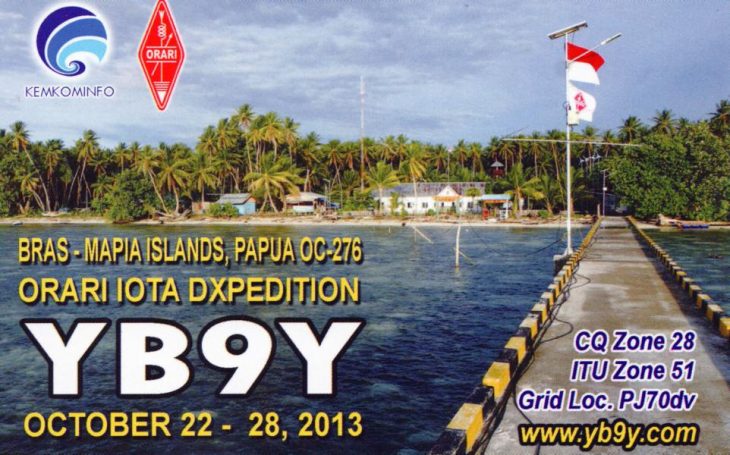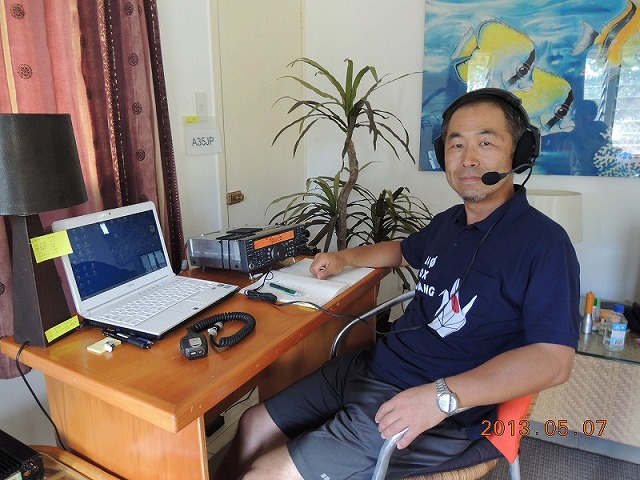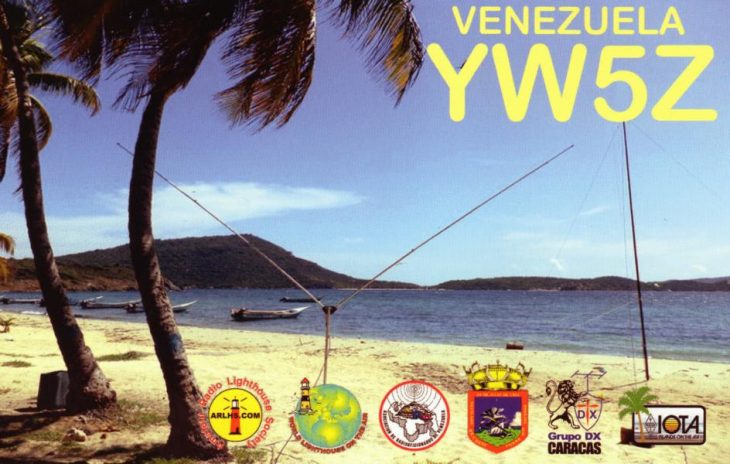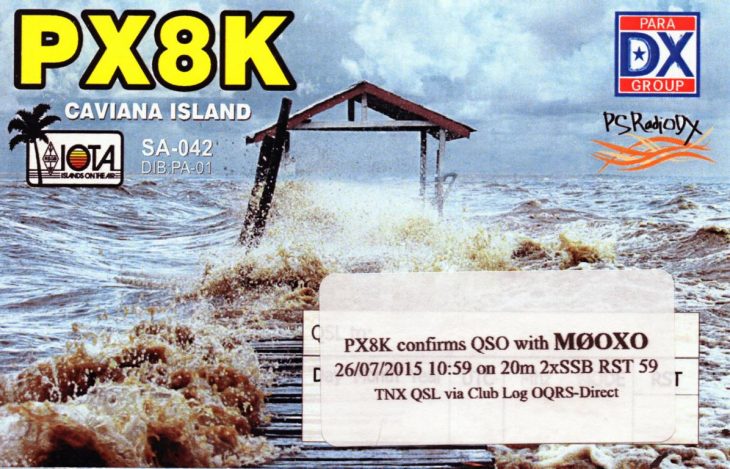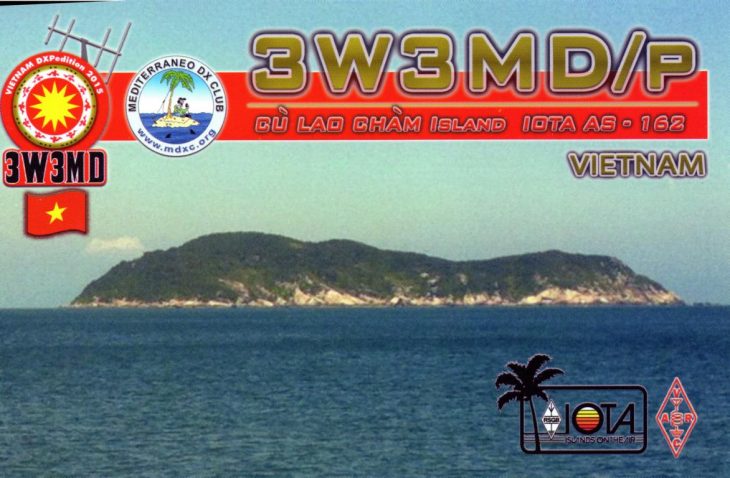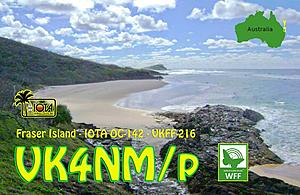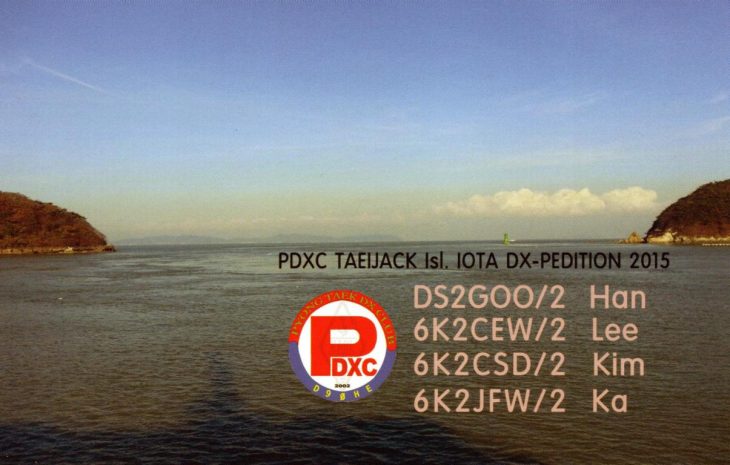Andorra
Algeria
Argentina 50
Aruba
Australia 58
Austria 223
Belarus 27
Belgium 329
Barbados
Bosnia Herzegovenia 16
Brazil 96
Bulgaria 109
Canada 103
Chile 3
China 12
Colombia 4
Costa Rica
Croatia 156
Cuba 3
Cyprus 7
Czech Republic 516
Denmark 55
Dominican Republic
Ecuador 1
Estonia 18
Faroe Islands
Falkland Islands
Finland 202
France 510
Germany 2,588
Georgia
Greece 99
Hong Kong 1
Hungary 272
Iceland 2
India 6
Indonesia 4
Italy 1,356
Ireland 17
Israel 14
Japan 4,796
Jordan
Kazakhstan 20
Kyrgystan
Kuwait 5
Latvia 54
Lebanon
Liechtenstein 2
Lithuania 38
Luxembourg 9
Macau
Macedonia 5
Malta 1
Malaysia 7
Mexico 4
Moldova 10
Monaco 2
Netherlands 367
New Caledonia 1
New Zealand 34
Norway 63
Oman
Panama
Paraguay 2
Peru
Philippines
Poland 657
Portugal 78
Qatar 1
Romania 80
Russian Fed 1,370
Serbia 70
Singapore 3
Slovenia 186
Slovakia 212
South Africa 14
South Korea 21
Spain 602
Sri Lanka
Sweden 160
Switzerland 99
Taiwan 8
Thailand 20
Tunisia
Turkey 9
United Arab Emirates 2
Ukraine 483
United Kingdom 202
Uruguay 2
USA
W0 – 71
W1 – 66
W2 – 113
W3 – 86
W4 – 45
WW4 – 57
W5 – 63
W6 – 55
W7 – 58
W8 – 61
W9 – 83
WP3 – 3
WL7- 1
WH6 – 7
Venezuela 66

